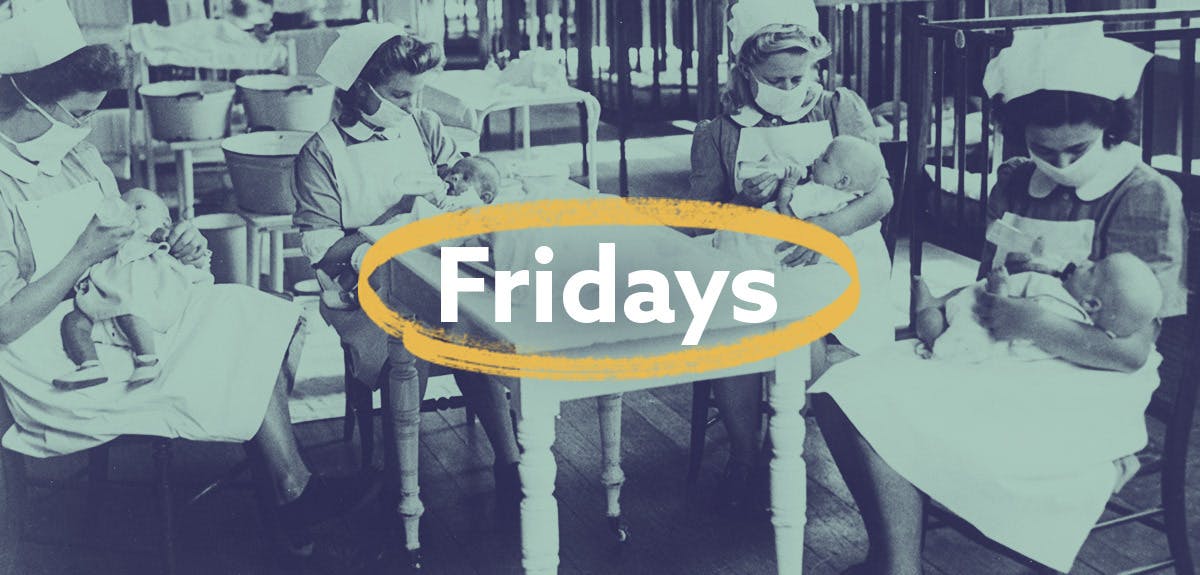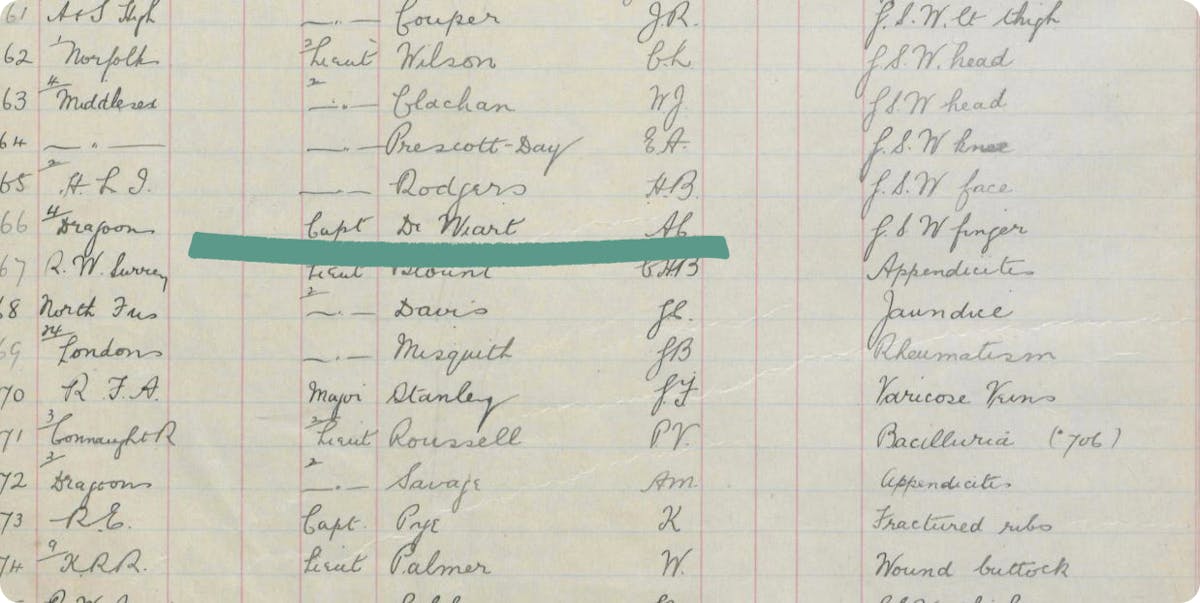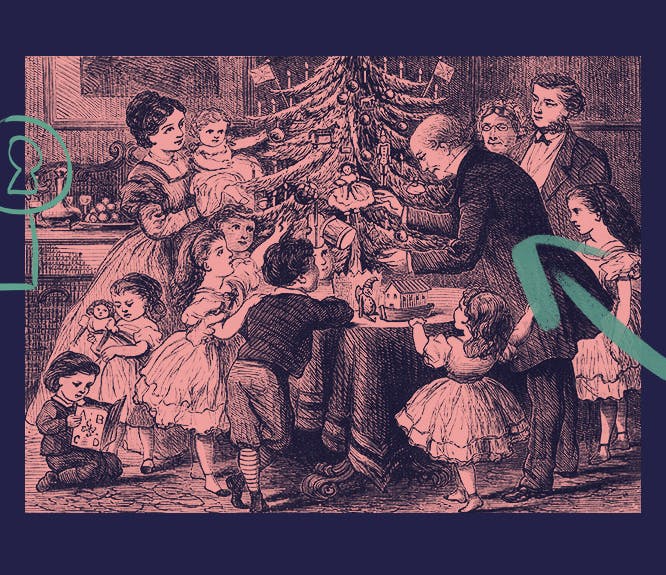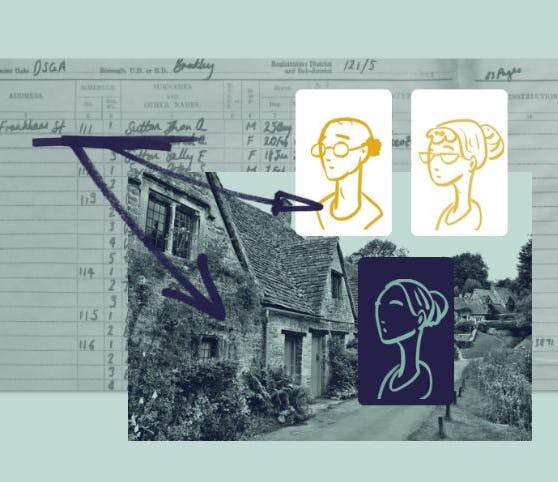Unique new records from The National Archives
3-4 minute read
By Liam Kelly | June 19, 2020

New family discoveries await in record collections you won't find anywhere else online
Just in time for a weekend full of family history, here's what’s new this Findmypast Friday.
Britain, Royal and Imperial Calendars 1767-1973
We’ve added over 1.2 million records to this unique collection of records from The National Archives. The Royal and Imperial Calendars can reveal fascinating details for your family tree including:
- Your ancestors' names
- Their jobs
- Where they lived
- Their regiment and rank if they served in the military
- How much they were paid
These records provide a valuable resource for tracing the whereabouts and careers of persons employed in various posts in Britain's public sphere from the 1800s to 1973. As quoted in the 1809 Calendar, it contains;
""accurate lists of all the official departments of state, and branches of public service; the law; the church; national or commercial companies and institutions; and many additional articles of public utility.""
The later calendars from the 20th century evolved to include the Civil Service List and additional departments such as Home Office and Treasury.
British Armed Forces, First World War Soldiers' Medical Records
Over 2,000 new records have been added to this unique collection. Along with details on where your ancestor was wounded and how long they were held at a medical facility for treatment, the records can reveal:
- Your ancestors' names and birth years
- Their rank and corps
- The number of years they spent in service
- Their admission and transfer dates
- The name of the hospital where they were treated
- A description of their disease or wound
This collection comprises The National Archives’ series, MH106, War Office: First World War Representative Medical Records of Servicemen. Only a sample of the original medical records was retained. These records are a representative selection of the full collection of medical records created during the war.
‘The unkillable soldier’ Sir Adrian Carton de Wiart features in these First World War medical records.

His incredible military career saw him survive multiple limb losses, two plane crashes and a prisoner of war camp.
The records were collected by the Medical Research Committee and then given over to the British Museum during the First World War for statistical research. In 1931, Thomas John Mitchell and G M Smith published History of the Great War, based on official documents. Medical services: Casualties and medical statistics of the Great War from the data gathered from these medical records.
England BillionGraves Cemetery Index
More than 106,000 records have been added to our cemetery index for England.
Cemetery records are great for discovering where and when your ancestor died. They can also give you information on their birth and marriage dates.
With an abundance of cemeteries, it can be overwhelming trying to pinpoint exactly where your ancestor was laid to rest, and visiting each potential location is costly. In partnering with BillionGraves, we aim to make available all the cemetery records held on their site, saving you time and money as you search for your ancestor. BillionGraves is the largest resource for GPS-tagged headstones and burials on the web, with over 12 million records.
Nicaragua Civil Registration 1809-2011
Discover your Central American roots with over 287,000 new civil registrations of births, marriages, and deaths from Nicaragua. Brought to you in partnership with FamilySearch, these civil registration records can tell you more about your relative's life in Nicaragua.
As you trace your Nicaraguan past, be sure to also delve into these other useful resources for Central America:
- Costa Rica Baptism Index 1700-1915
- Costa Rica Marriage Index 1750-1920
- Costa Rica Death Index 1787-1900
- El Salvador Civil Birth Registration 1836-1910
- El Salvador Baptism Index 1750-1940
- El Salvador Marriage Index 1810-1930
- Honduras Baptism Index 1730-1930
- Honduras Marriage Index 1800-1910
We'd love to hear about your discoveries and how they've helped shape your family story. Reach out to us on social media using #WhereWillYourPastTakeYou?
Newspapers
This week, we've updated five titles in our newspaper collection as follow:
- Cornish Guardian covering the years 1901-1906, 1908-1910, 1912-1949 and 1951-1971
- Chester Courant covering the years 1747, 1755, 1757-1758, 1760-1761, 1763, 1767-1770, 1776, 1786-1793, 1831, 1833-1860, 1862-1866, 1868-1871, 1873-1876, 1878, 1880-1888, 1890-1895 and 1898-1899
- Dundee Courier from 1991
- Crewe Chronicle covering the years 1973-1974
- Truth covering the years 1877 and 1879-1881
- Manchester Evening News1906, 1909
Findmypast Fridays live
If you're feeling inspired to dig deeper into your past, read our family records guides to learn more about our extensive resources, while our research hacks offer useful tips on how to make the most of them.




